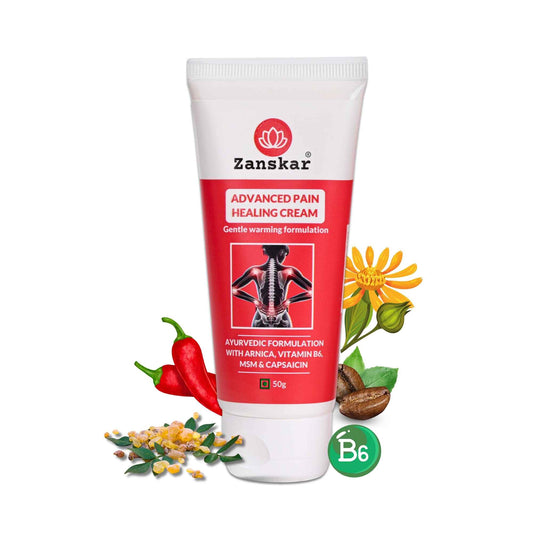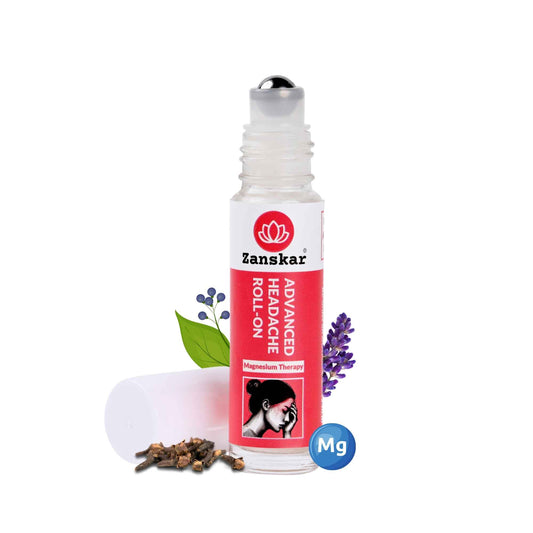
This rare joint pain is caused by bacterial infection

Reactive joint pain is an inflammatory joint pain that manifests several days to weeks after a gastrointestinal or genitourinary infection. It is also described as a classic triad of joint pain, urethritis and, conjunctivitis.
Reactive joint pain is relatively rare, and the incidence in population-based studies is reported to be 0.6 to 27 per 100,000. Reactive joint pain is more common in adult males in the second and third decades of their life.
The symptoms often clear up on their own within a few weeks or months, but they may become chronic (long-lasting) in some people. Doctors tailor treatment to each individual’s symptoms, and therapy typically involves a combination of medications and exercise.
Who Gets Reactive joint pain?
Anyone can get reactive joint pain, and it occurs worldwide. A bacterial infection—in the digestive or urinary tract or the genitals—typically precedes it by a few weeks. Although sexually transmitted infections can occur just before the onset of reactive joint pain, many cases of reactive joint pain are associated with other types of infections that are not transmitted sexually. Certain factors increase the risk of the condition, including:
- Sex: Both men and women can get reactive joint pain, but men are more likely to develop it as a result of a sexually transmitted infection. Men and women are equally affected if the condition is from a gastrointestinal infection.
- Age: It occurs most often in people between ages 20 and 40.
- Genetics: People who have a gene called HLA-B27 have a higher risk of getting reactive joint pain and of experiencing more severe and more long-lasting symptoms. But people who lack HLA-B27 can still get the condition.
- HIV infection: Having AIDS or being infected with HIV increases the risk of reactive joint pain.
Symptoms of Reactive joint pain
Some people with reactive joint pain have mild symptoms, while others have severe symptoms that limit daily activities. The symptoms typically start 1 to 6 weeks after an infection of the digestive or urinary tract or genitals, but the infection has usually resolved by the time symptoms arise. The condition typically begins fairly suddenly, usually over the course of a few days.
Reactive joint pain is characterized by inflammation of the joints, eyes, and urinary tract, but not everyone with the condition will experience all three, or they might not occur at the same time. The main symptoms are:
-
Joint pain and stiffness.
- Joints may become painful, red, and swollen, especially the large joints of the lower limbs, such as the knees and ankles. Morning stiffness or nighttime pain is typical. The affected joints are usually on one side of the body. There may be pain in the lower back and buttocks as well.
- Pain in the heel or foot pain is a sign of enthesitis (inflammation at a place where a tendon or ligament attaches to a bone).
- Swollen, inflamed, painful fingers or toes (dactylitis) may also occur.
-
Inflammation of the urinary tract.
- This symptom is more common when reactive joint pain happens after an infection of the genitals or urinary tract.
- In women, urinary tract inflammation can develop into inflammation of the cervix, fallopian tubes, vulva, or vagina.
- Increased urinary frequency and burning while urinating are signs of urinary tract inflammation.
-
Eye inflammation.
- Conjunctivitis or "pink eye" (inflammation of the transparent layer that covers the white part of the eye and lines the eyelids) and uveitis (inflammation of the middle part of the eye) can cause redness, pain, burning, itching, crusted eyelids, blurred vision, or sensitivity to light.
The symptoms of reactive joint pain often clear up on their own within a few weeks or months, but they may become chronic (long-lasting) in some people.
Causes of Reactive Joint pain
Reactive joint pain is triggered by an infection—frequently a sexually transmitted or food-borne bacterial infection—but it is separate from the infection and typically sets in after the infection has cleared. The bacteria that commonly trigger it are Salmonella, Yersinia, Campylobacter, Shigella, and Chlamydia, but only a small number of people infected with them develop the condition. Scientists do not fully understand why some people are predisposed to getting reactive joint pain.
Genetics seems to partly explain susceptibility to the condition, as many affected individuals have a gene called HLA-B27. However, many people who get reactive joint pain lack this genetic marker so there are other, unknown genetic and environmental contributing factors.
How is reactive joint pain treated?
Treatment will depend on your symptoms, age, and general health. It will also depend on how severe the condition is. Treatment may also include:
- Antibiotics to treat the infection
- Medicines to reduce inflammation
- Rest to ease pain and inflammation
- Exercise to strengthen muscles and improve joint function
Bottomline
- Reactive joint pain is a type of joint pain caused by an infection. It may be caused by Chlamydia, salmonella, or another infection.
- The condition may cause joint pain symptoms, such as joint pain and inflammation. It may also cause symptoms in the urinary tract and eyes.
- Treatment includes antibiotics for the infection, plus medicines to reduce the joint pain and inflammation
- Most people recover fully from reactive joint pain
Learn More About Zanskar Health
If you have joint or muscle pain that makes it hard to move, Zanskar offers the most advanced full stack pain relief solutions for you.
Now available to purchase, Zanskar® Advanced Pain Care Products have a unique formulation of natural bioactive ingredients and provide lasting relief from muscle and joint discomfort that you can feel good about. Get your fix before stocks run out - buy now.
You can also gain access to therapeutic exercises and stretches for your condition by downloading the Zanskar Health physiotherapy mobile app. Additionally, you’ll have a personal care team to guide, support, and tailor our program to you, including behavioral and nutritional coaching.
Download our mobile app here 👉 download and track your exercise streak.
Medical Review: This article is written by Dr Nishtha Mittal (Senior Health Content Editor at Zanskar Health) and has been medically reviewed by the medical team at Zanskar Health. This article and its contents are provided for educational and informational purposes only and do not constitute medical advice or professional services specific to you or your medical condition.







